Omani traditional carved standing mirror
Of course. The Omani traditional carved standing mirror is a magnificent and highly distinctive piece of cultural art, often considered a centerpiece in an Omani home. It’s much more than a functional object; it’s a symbol of heritage, craftsmanship, and status.
Here is a detailed overview of its characteristics, significance, and more.
1. Primary Name and Origin
-
Arabic Name: مِرآة عُمانية تقليدية (Mir’at Omaniya Taqlideya) or often referred to by the name of the frame itself, which is a “ حامل المرآة العماني” (Hamil al-Mar’ah al-Omani) meaning “Omani mirror holder/stand.”
-
Origin: This craft is particularly renowned in the Dakhiliyah (Interior) region of Oman, especially in and around the historic city of Nizwa, which is a famous hub for Omani silverwork and woodcraft.
2. Key Characteristics and Design Elements
A traditional Omani standing mirror is a large, freestanding object composed of two main parts: the mirror itself and its ornate frame/stand.
A. The Frame & Stand (The Carved Element):
-
Material: The frame is almost exclusively made from wood. Historically, local woods like mango wood or acacia were used due to their availability and workability. Today, you might also find them made from teak or other imported hardwoods for durability.
-
Carving Technique: The carving is deep, intricate, and done entirely by hand by skilled artisans using traditional chisels and tools. The patterns are not simply surface-level but are deeply etched into the wood, creating a dramatic play of light and shadow.
-
Design Motifs: The carvings are rich with Islamic and Omani cultural symbolism. Common motifs include:
-
Geometric Patterns: Repeating stars, polygons, and intricate interlocking lines. This reflects the Islamic artistic tradition of aniconism (avoiding human/animal figures in religious art) and represents infinity and the perfection of creation.
-
Floral and Vegetal Patterns: Stylized vines, leaves, flowers, and palm fronds are very common, symbolizing growth and life.
-
Architectural Elements: Designs often mimic the patterns found in Omani doors, windows (mashrabiya), and fortifications.
-
B. The Mirror:
-
The mirror glass is typically a large, single, plain rectangular or arched pane. Its simplicity contrasts with and highlights the complexity of the frame. It is set deep within the wooden structure.
C. The Overall Structure:
-
The piece is designed to stand freely on the floor. It consists of a heavy, stable base that supports a tall back frame which houses the mirror. The entire structure can range from about 1.5 meters (5 feet) to over 2 meters (6.5 feet) tall, making it a very imposing and grand piece of furniture.
3. Cultural Significance and Use
-
Symbol of Prosperity: In the past, such a large and intricately hand-carved item was expensive and time-consuming to produce. Owning one was a sign of wealth and social standing within the community.
-
Wedding Dowry (Jahiz): These mirrors were, and in some cases still are, a central part of a bride’s trousseau. A beautifully carved mirror was a prized possession brought to her new home, symbolizing the start of a new life and adding beauty and value to the household.
-
Functional Art: While decorative, it served the practical purpose of being a full-length mirror, which was important for checking traditional attire like the dishdasha (for men) and abaya (for women).
-
Cultural Preservation: Each mirror is a unique piece of art that preserves ancient Omani design languages and woodworking skills that have been passed down through generations.
4. Modern Context and Where to Find Them
-
Souvenirs and Modern Homes: While still made using traditional methods, these mirrors are now also produced for the tourist market and for Omanis who want to incorporate traditional design into modern homes. You can find smaller, table-top versions as well as the classic large standing models.
-
Where to Buy: The best places to find authentic pieces are in the souqs (markets) of:
-
Nizwa Souq: The most famous place to find high-quality examples.
-
Muttrah Souq (Muscat): A larger market with many antique and craft shops.
-
Bahla Souq: Another city in the Dakhiliyah region known for its crafts.
-
-
Antique vs. New: True antique mirrors are valuable heirlooms and are rarely sold. Most available pieces are new but made using traditional techniques. The price varies significantly based on size, wood quality, and the complexity of the carving.
In summary, the Omani carved standing mirror is a breathtaking fusion of art, faith, and culture. It is a powerful testament to Oman’s rich artisanal history and remains a cherished object, connecting the past to the present.
Generally speaking, our order requirements are as follows: the minimum order quantity (MOQ) for large items is 50 pieces, for regular items it is 100 pieces, for small items it is 500 pieces, and for very small items (such as ceramic decorations) the MOQ is 1,000 pieces. Orders exceeding $100,000 will receive a 5% discount. The delivery timeline is determined based on the specific order quantity and production schedule. Typically, we are able to complete delivery within two months.
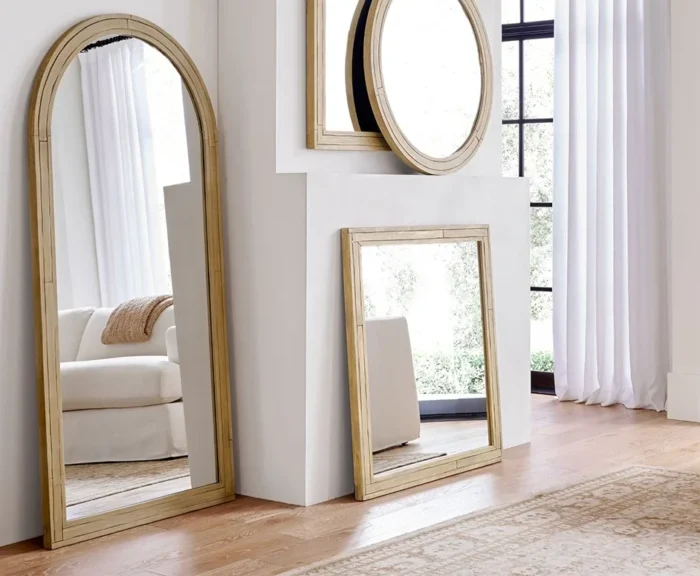
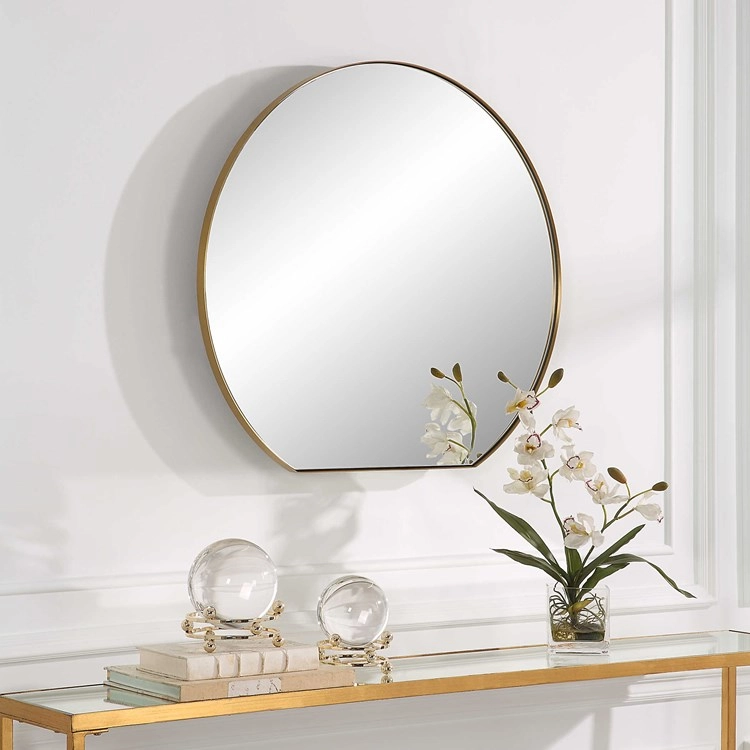
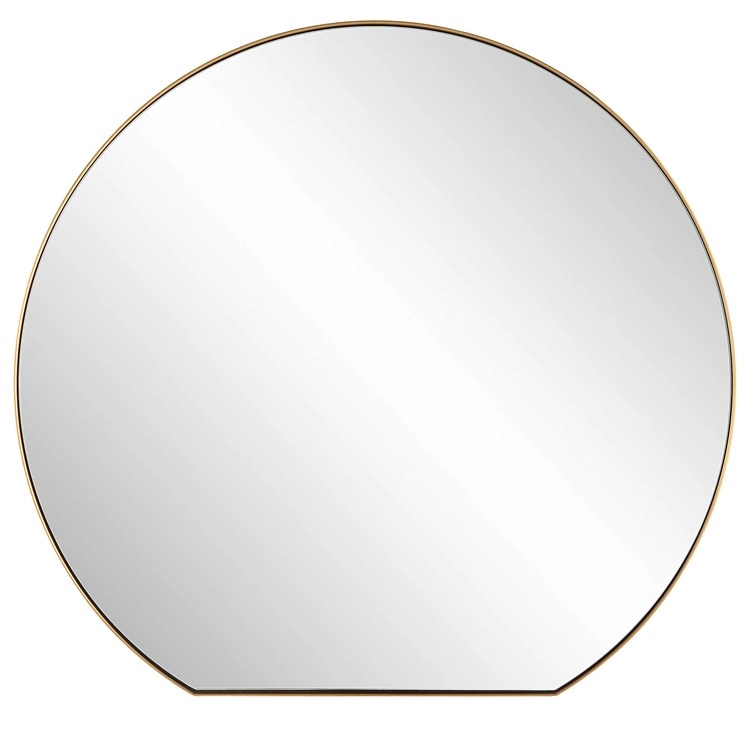
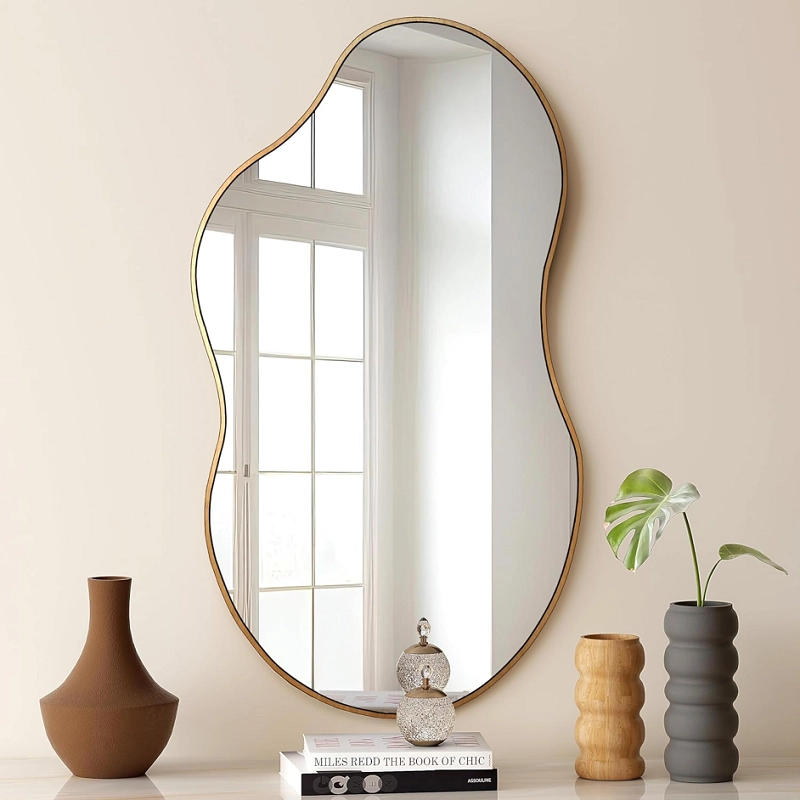
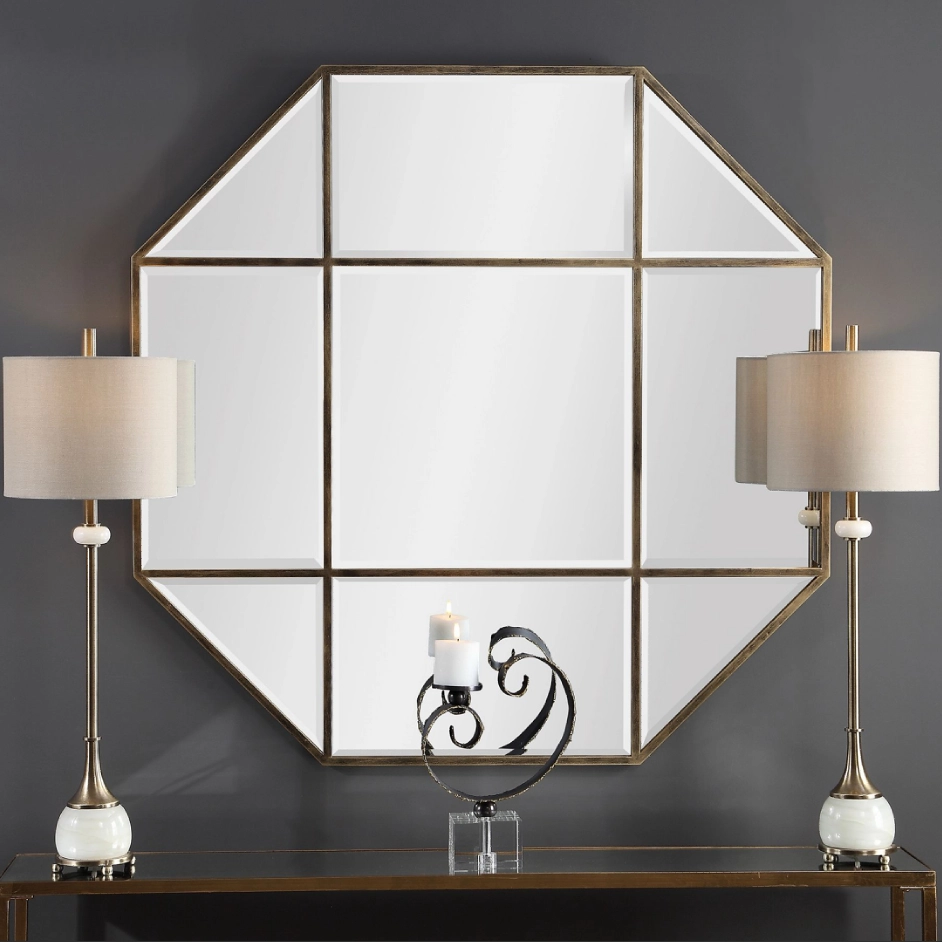

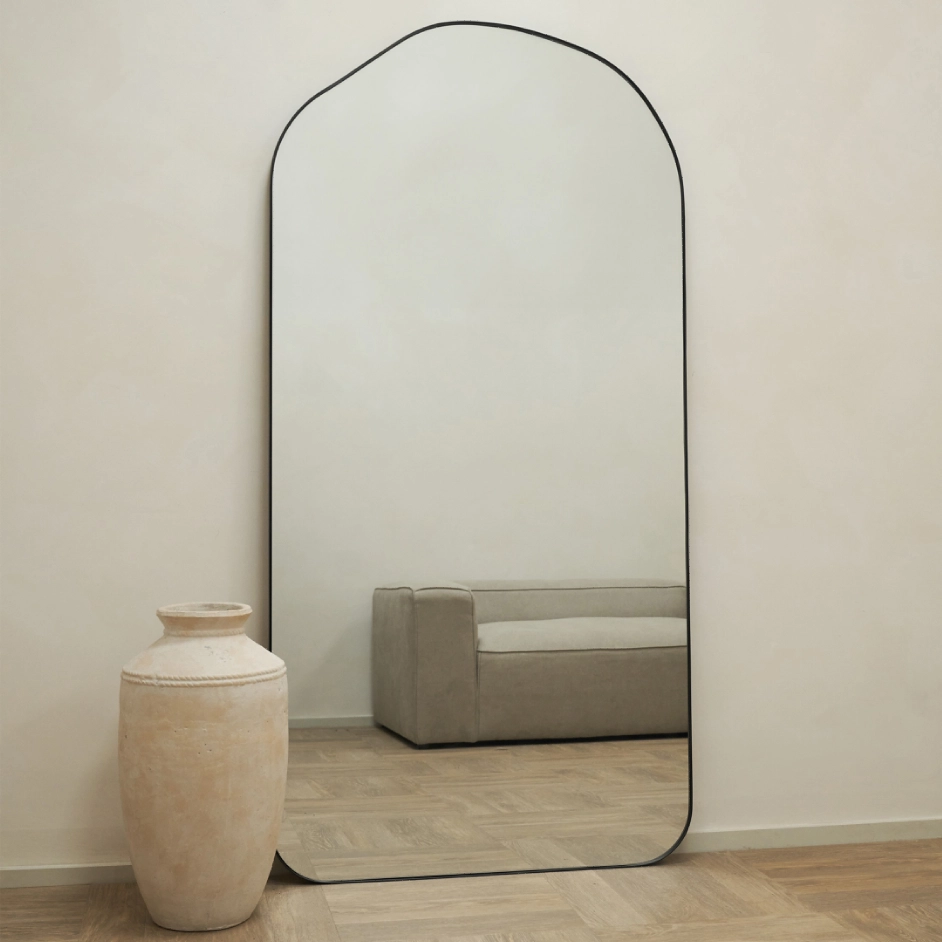
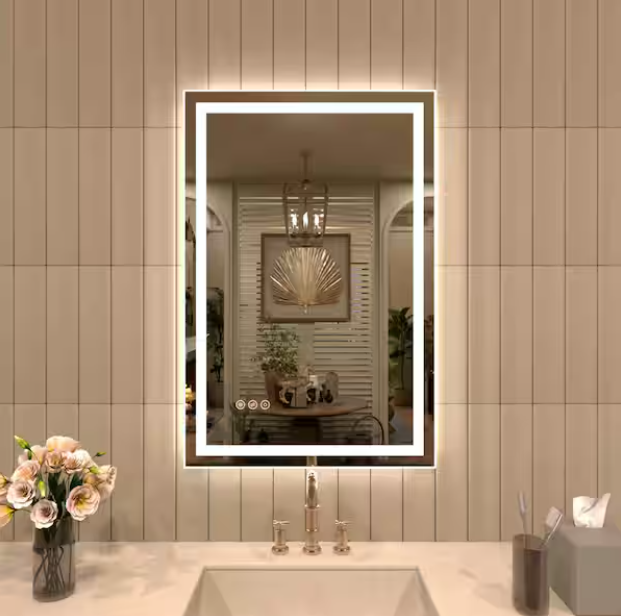
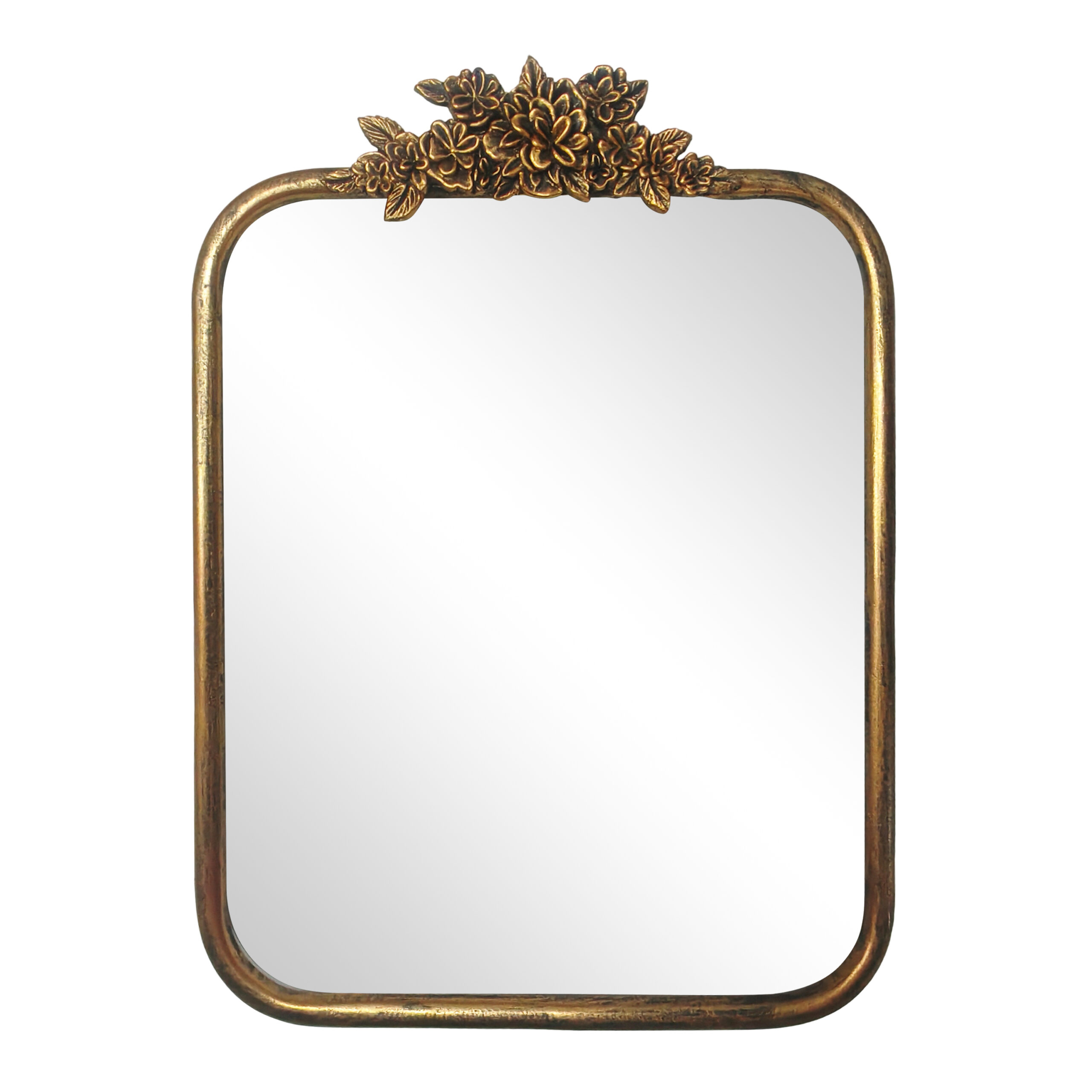
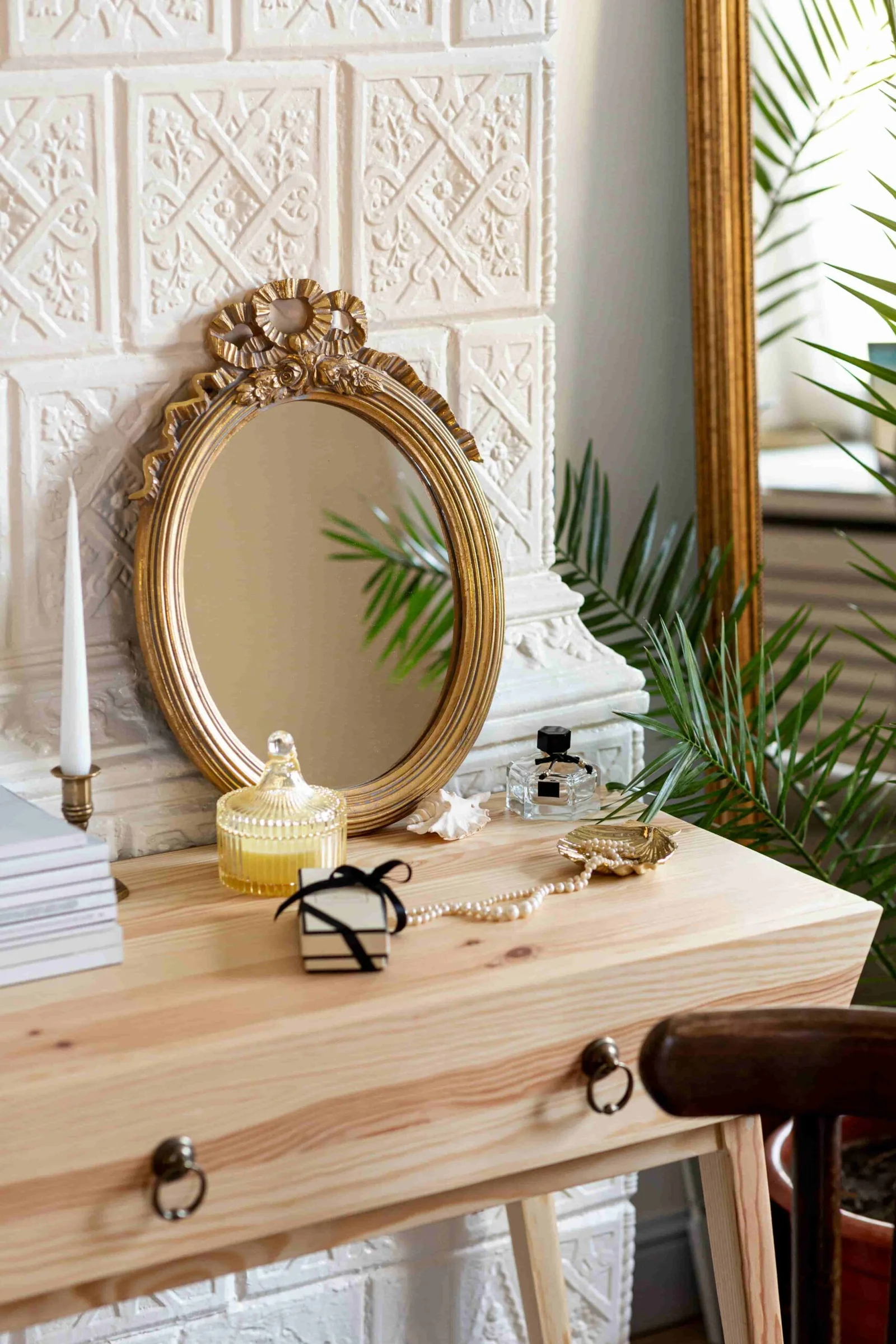
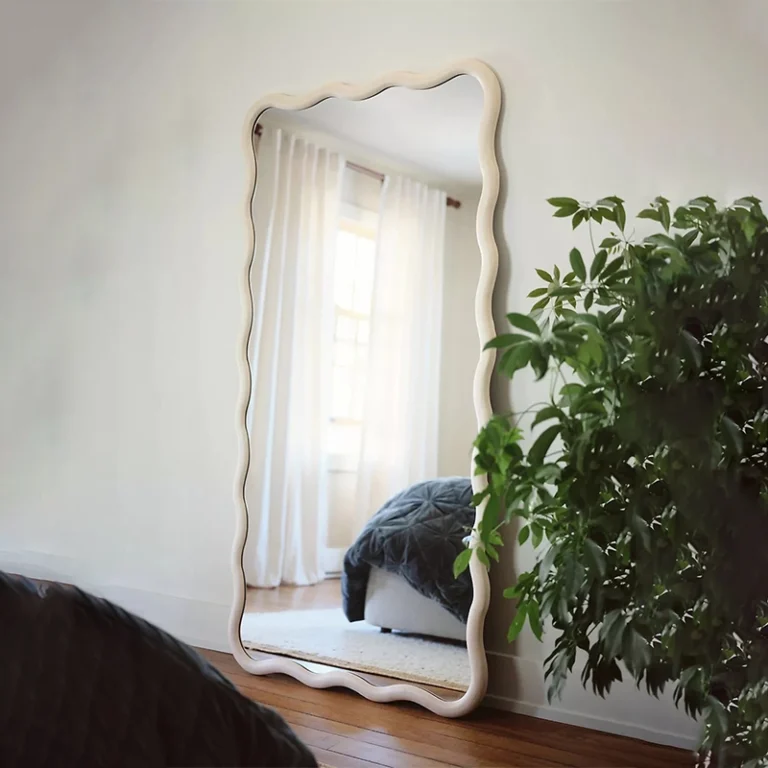
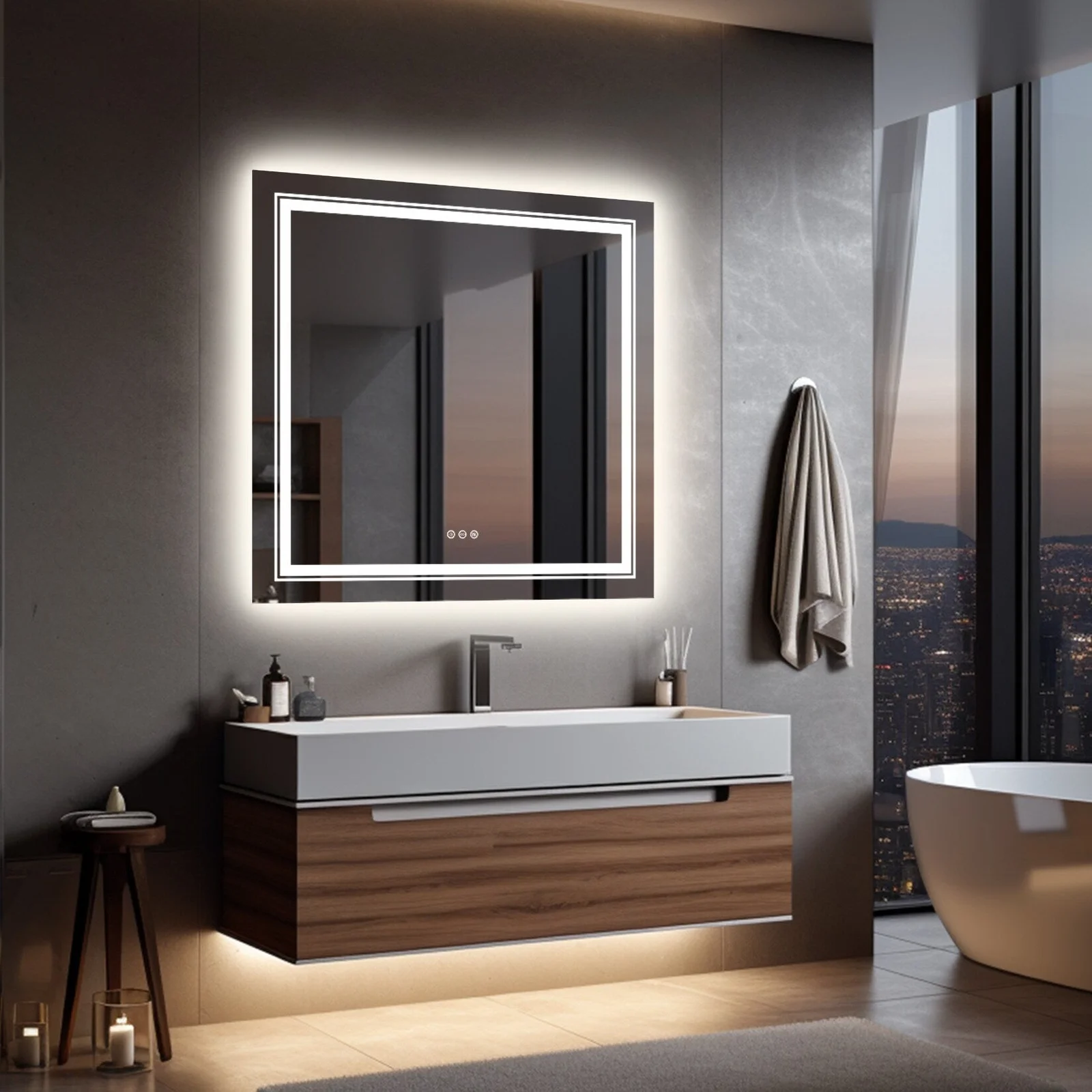
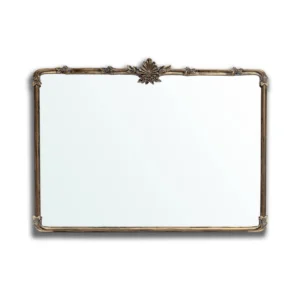
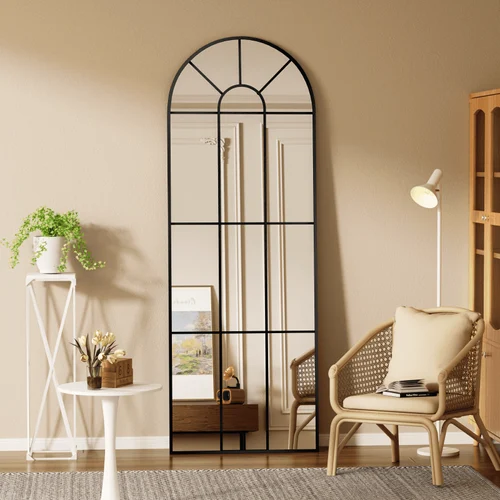
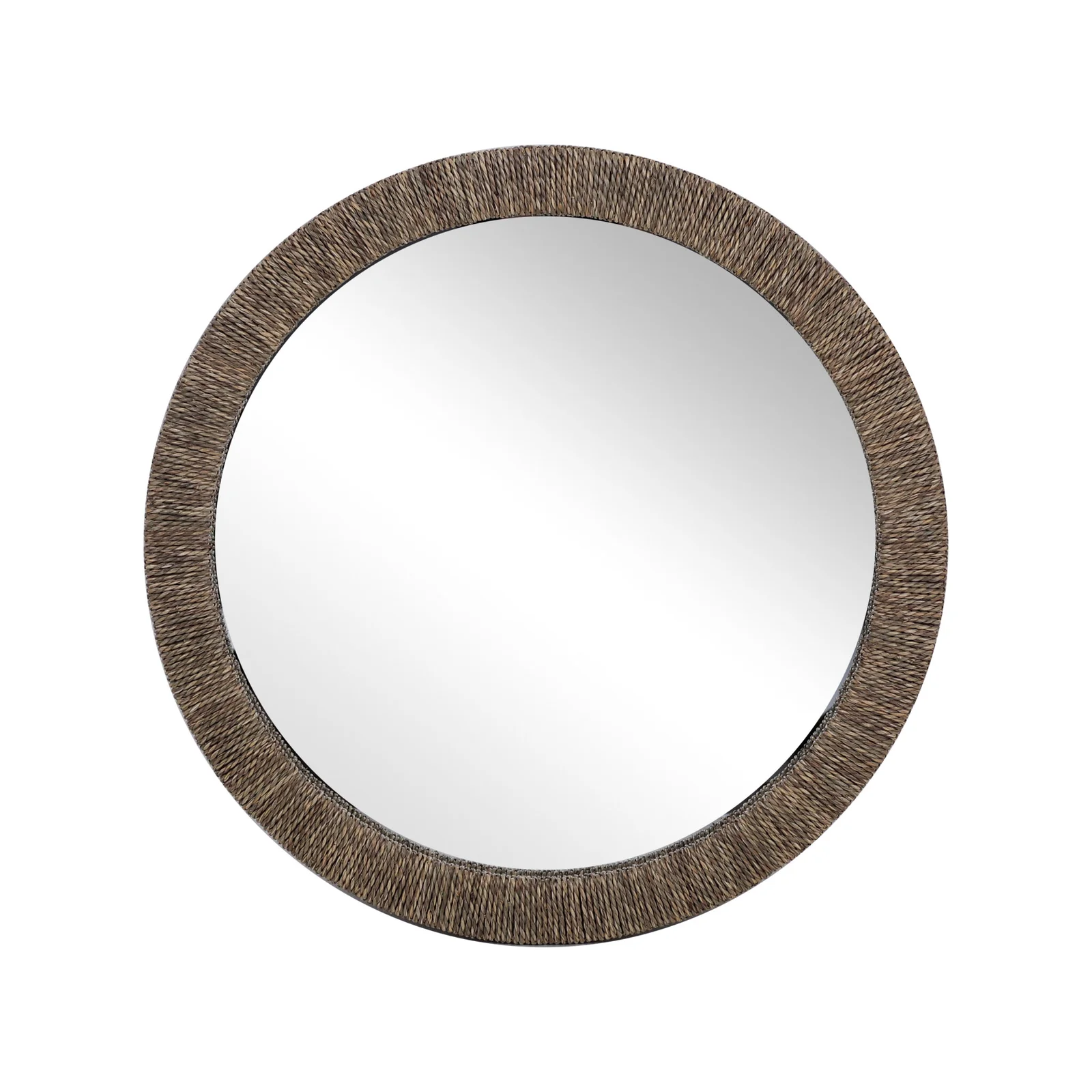
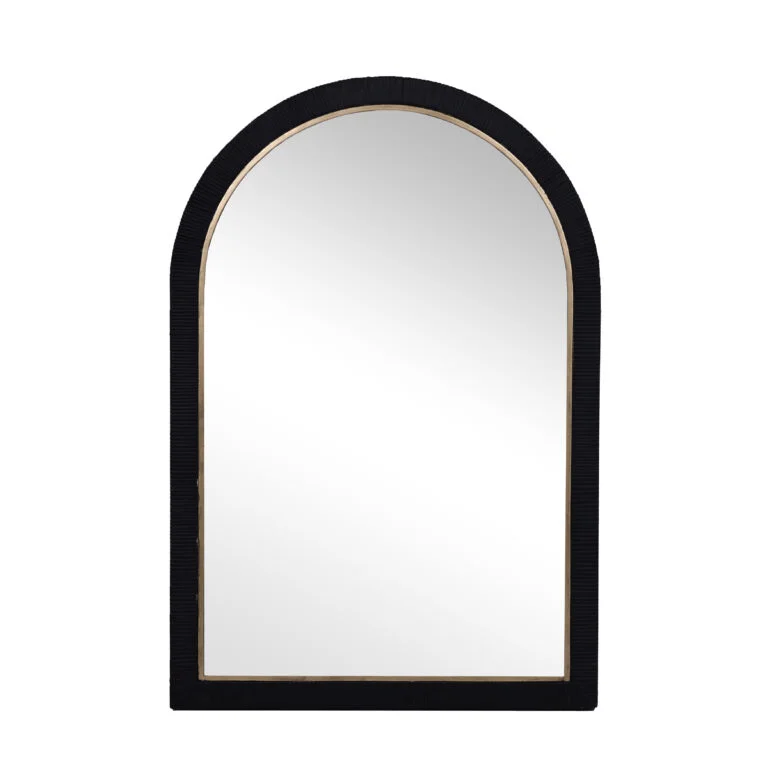
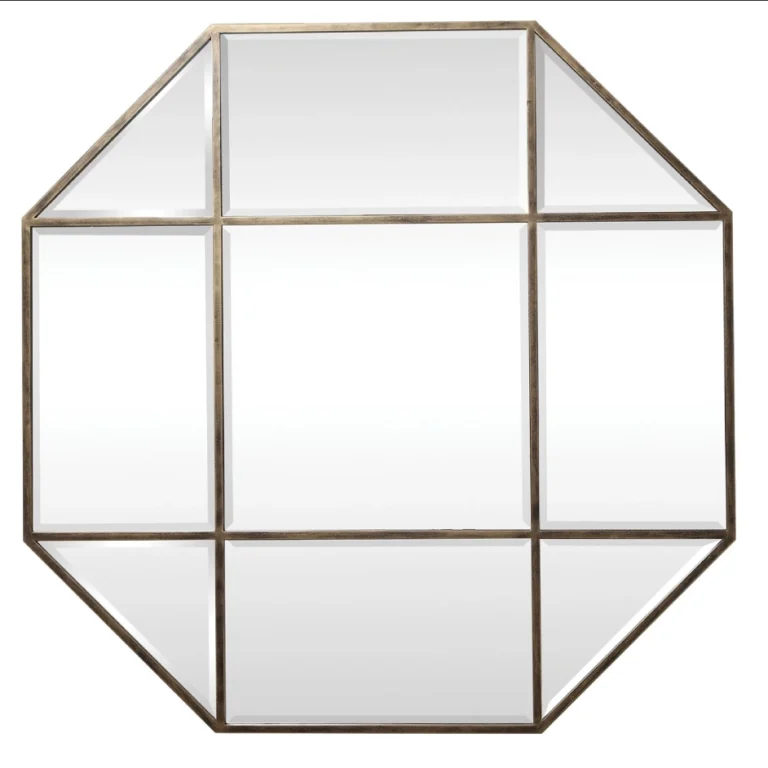
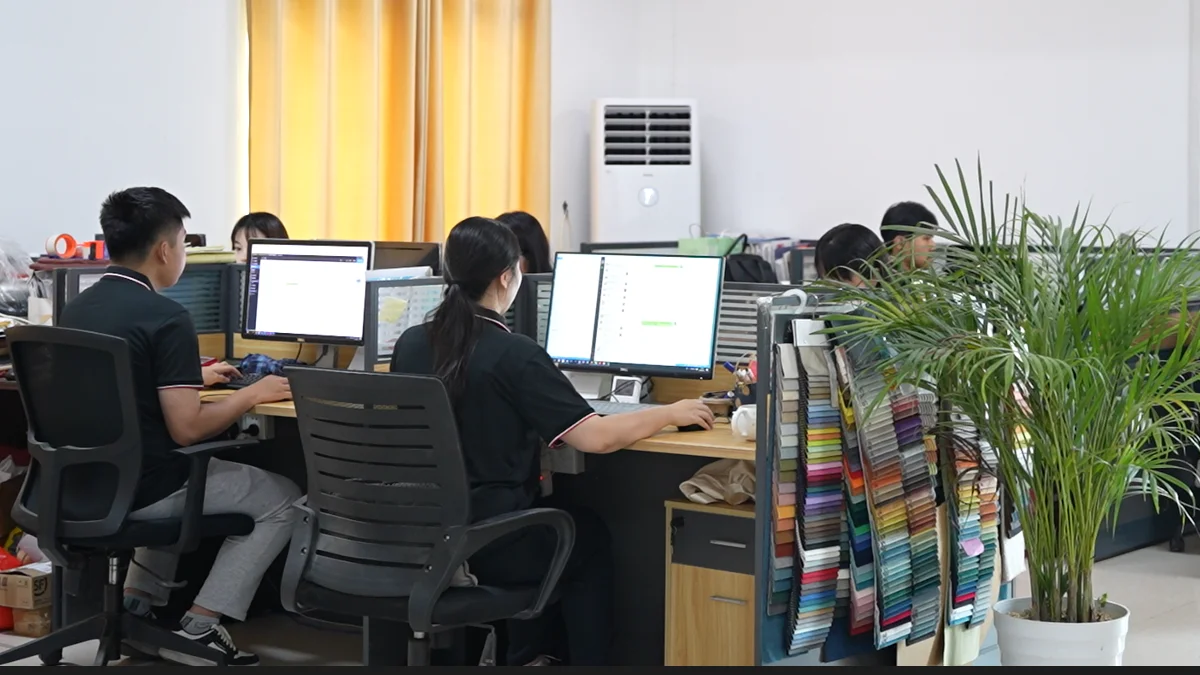


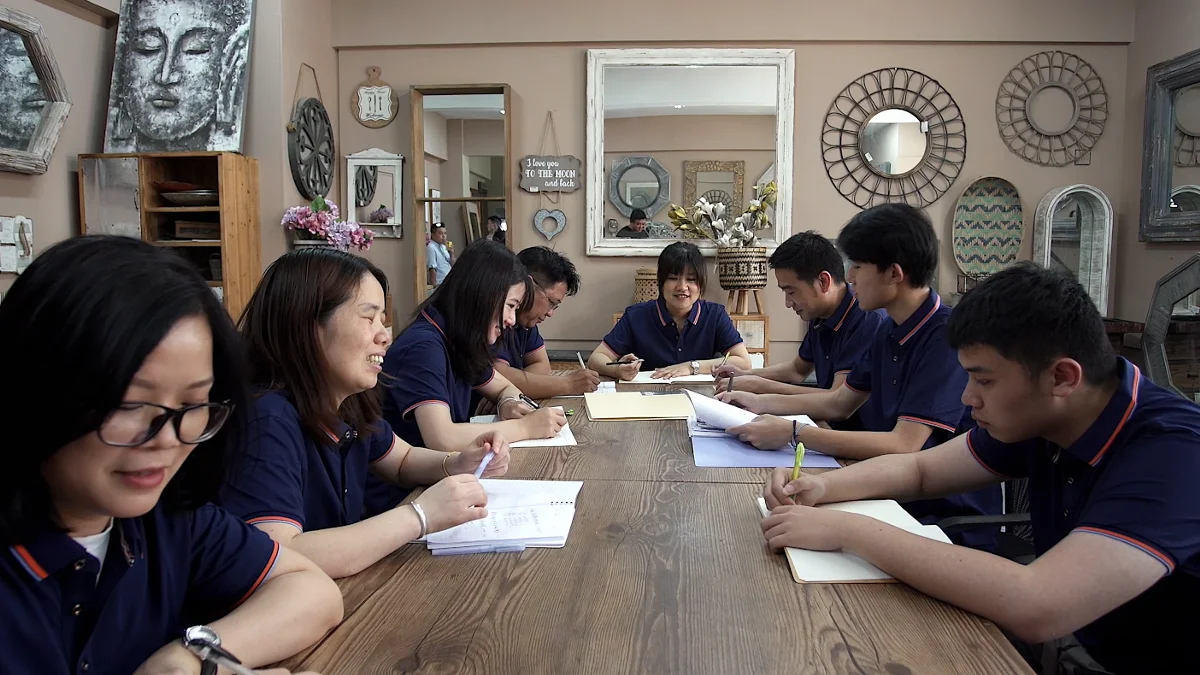

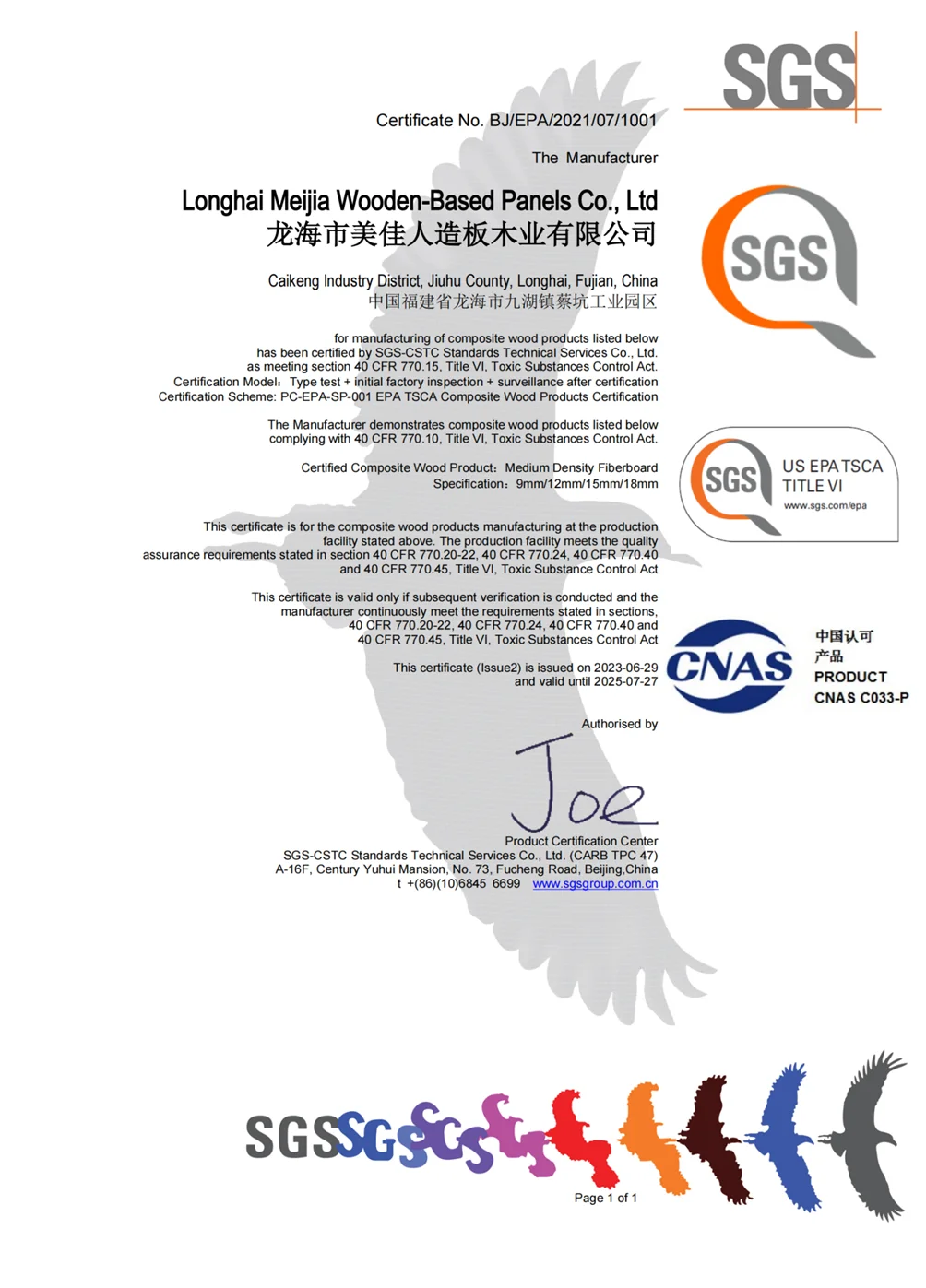

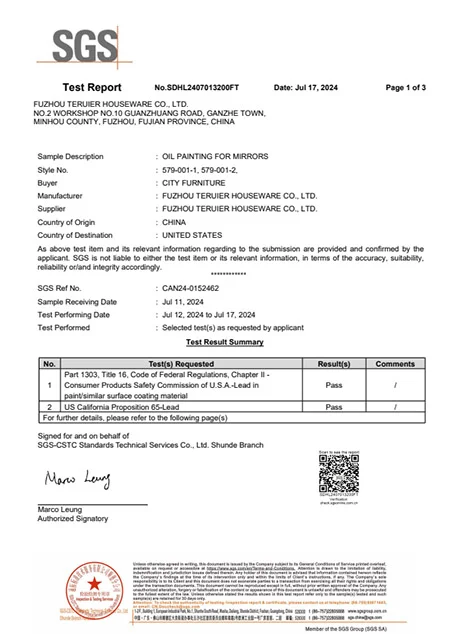

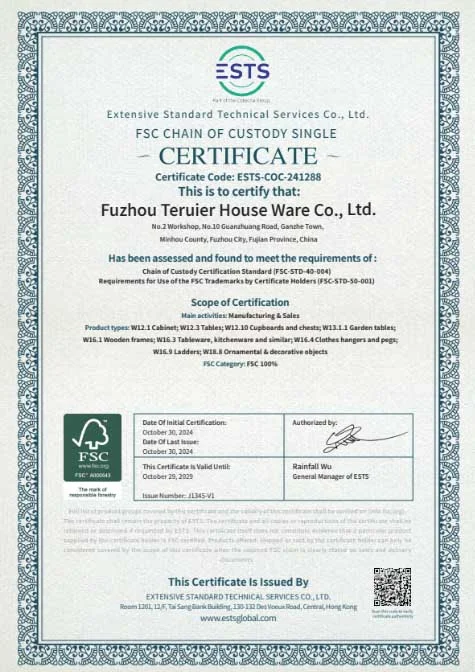
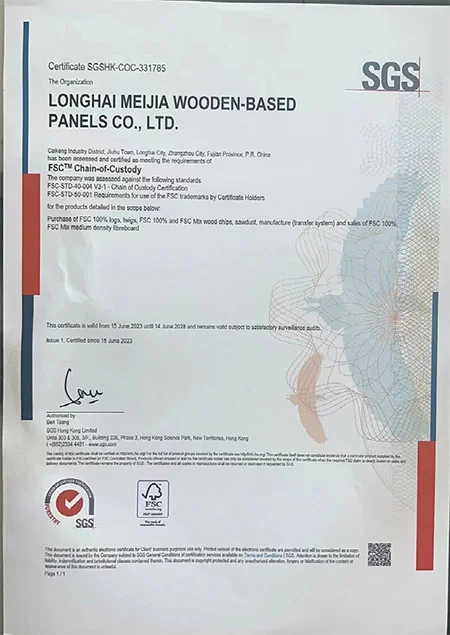
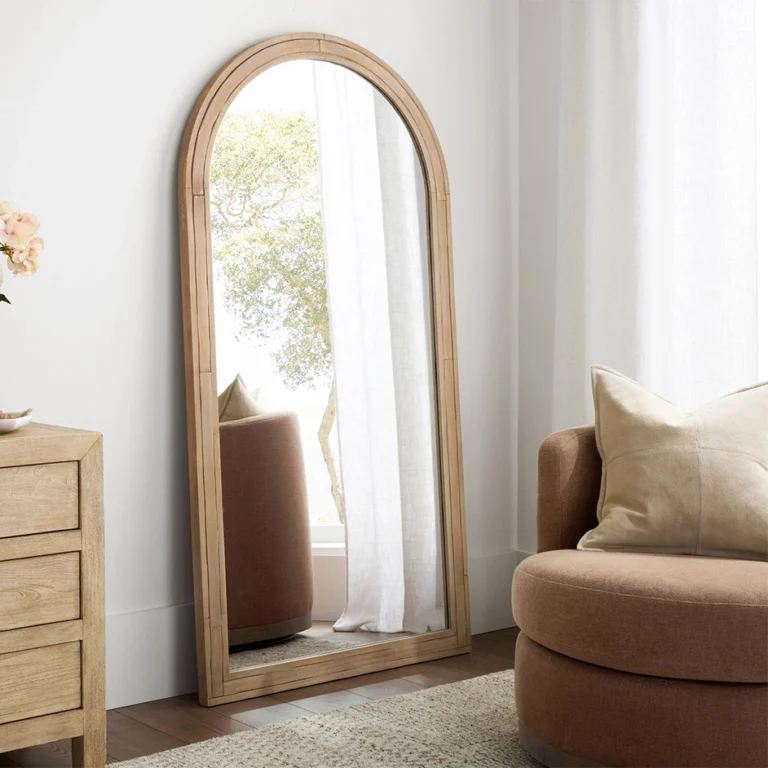

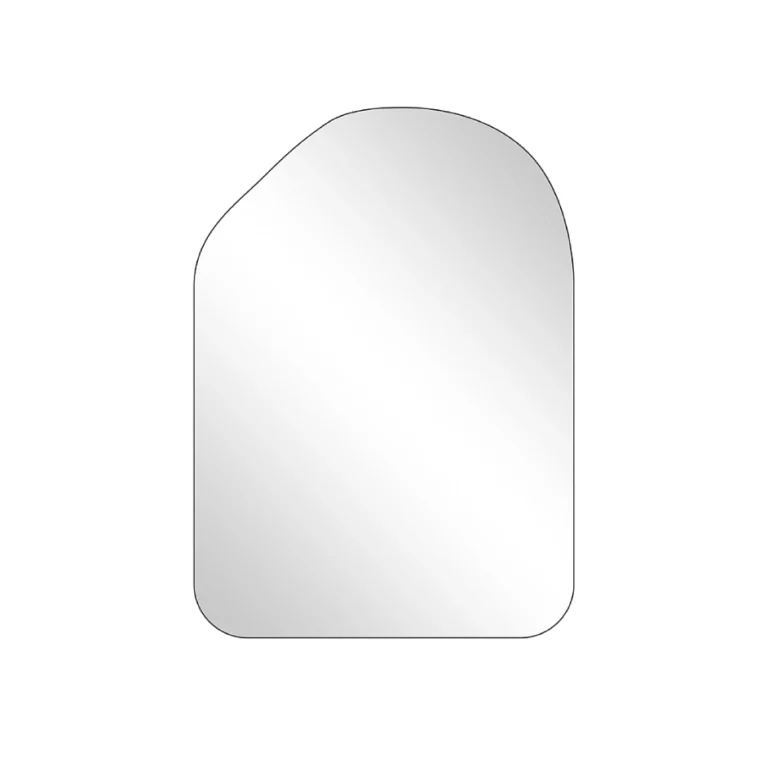
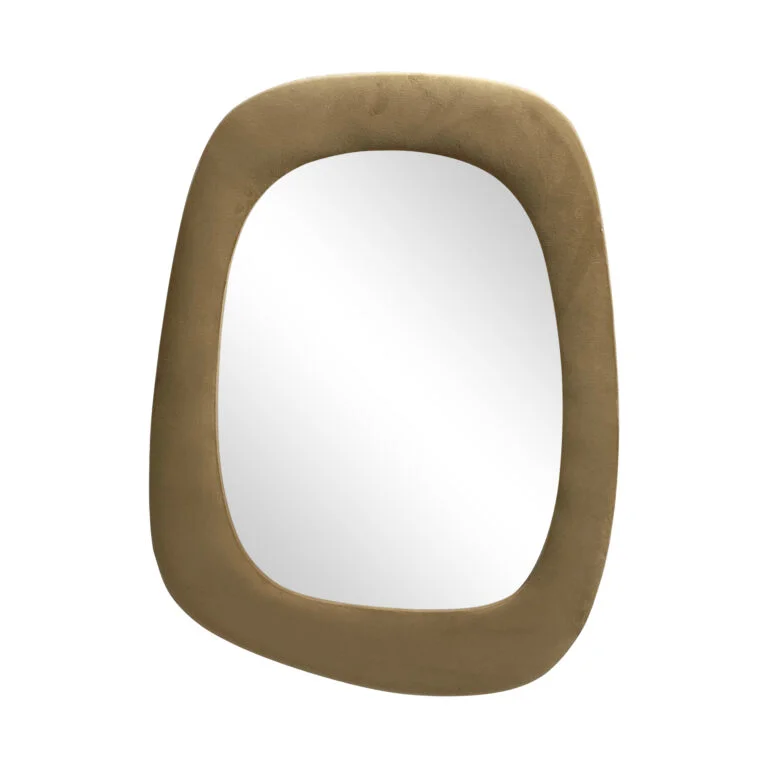
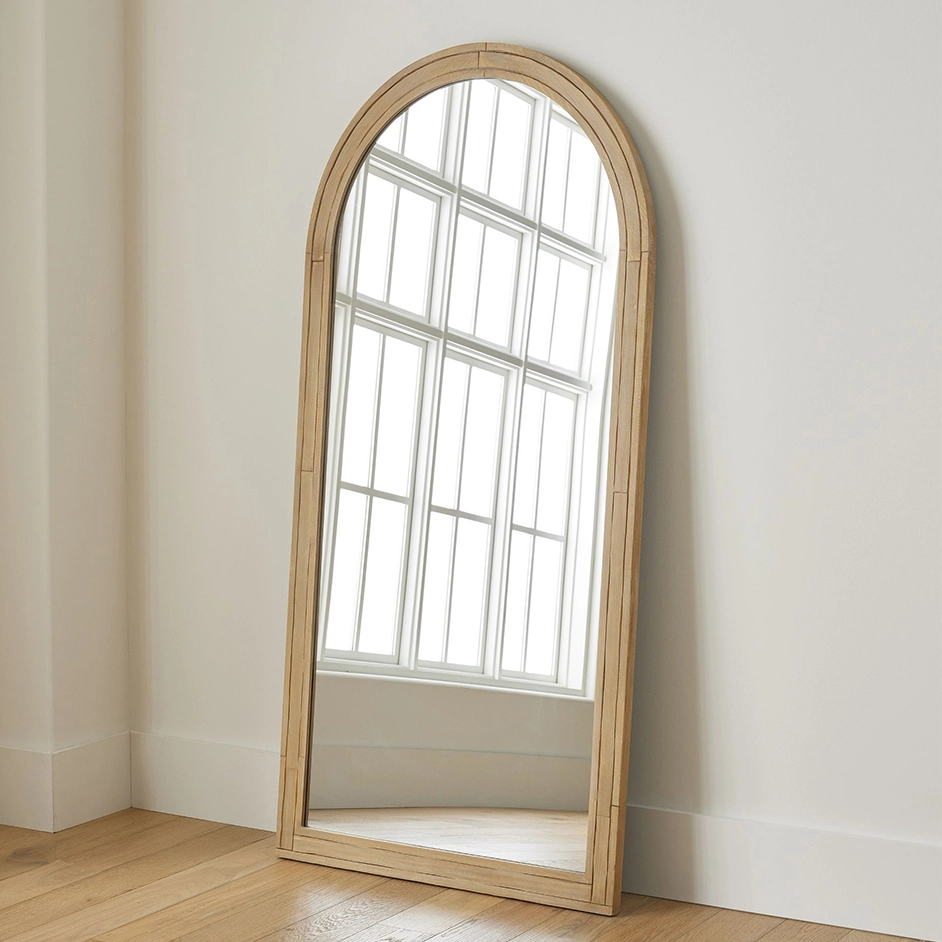
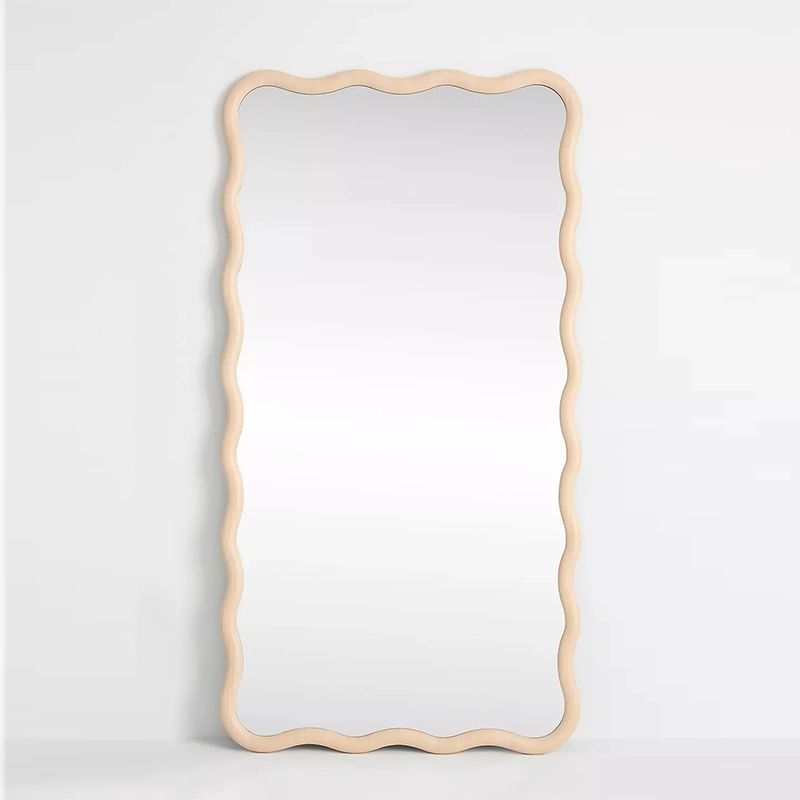
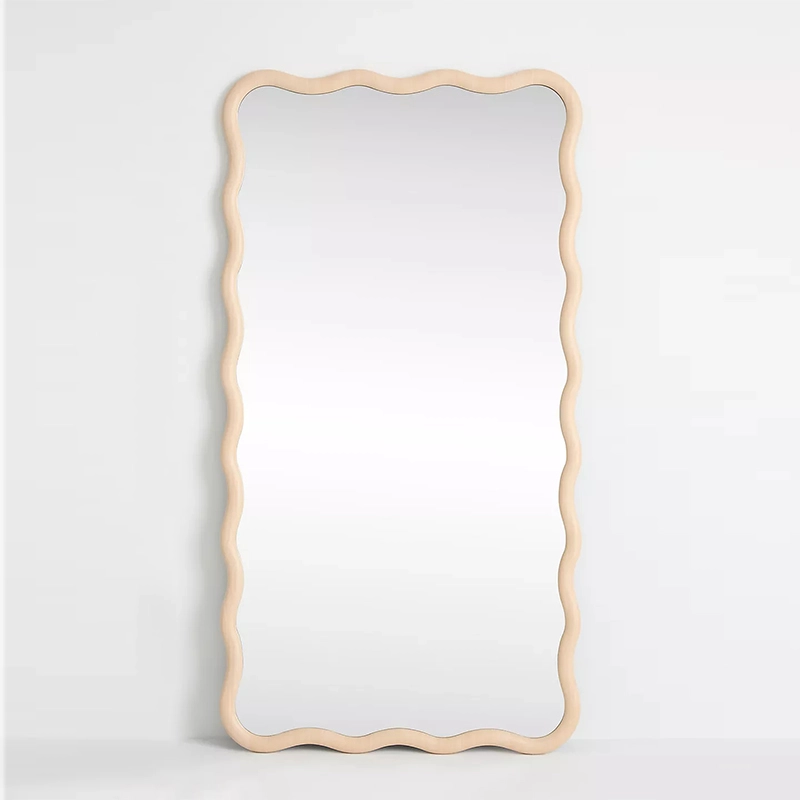
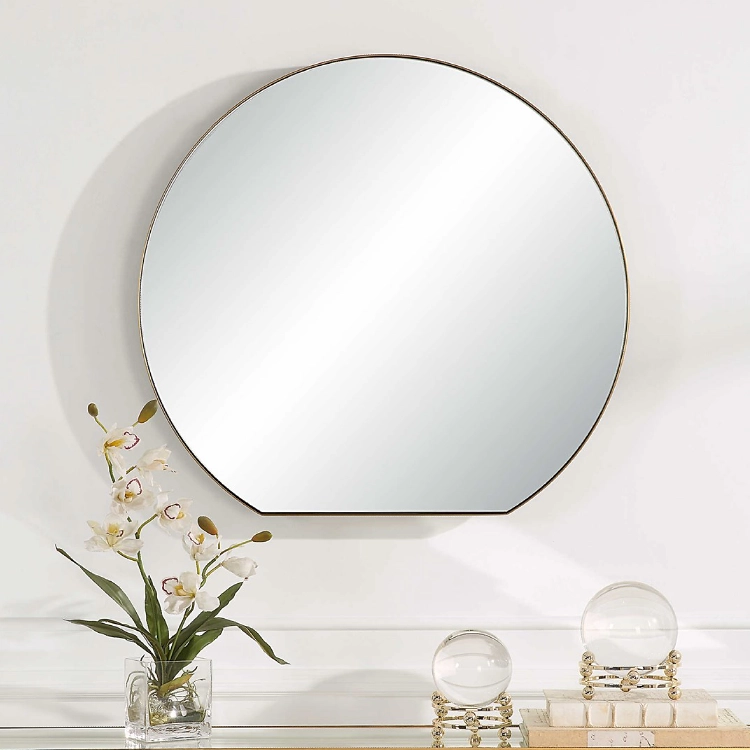
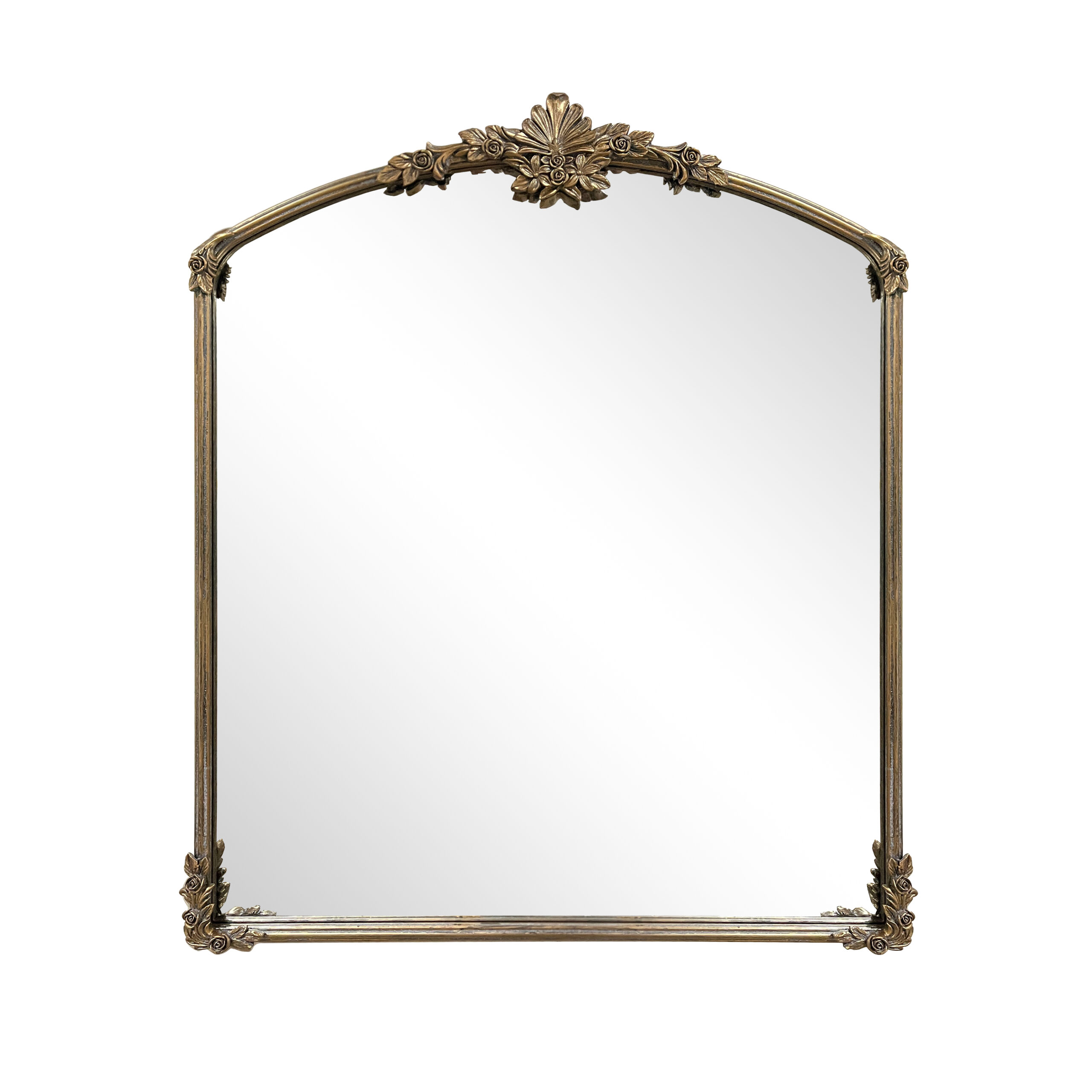
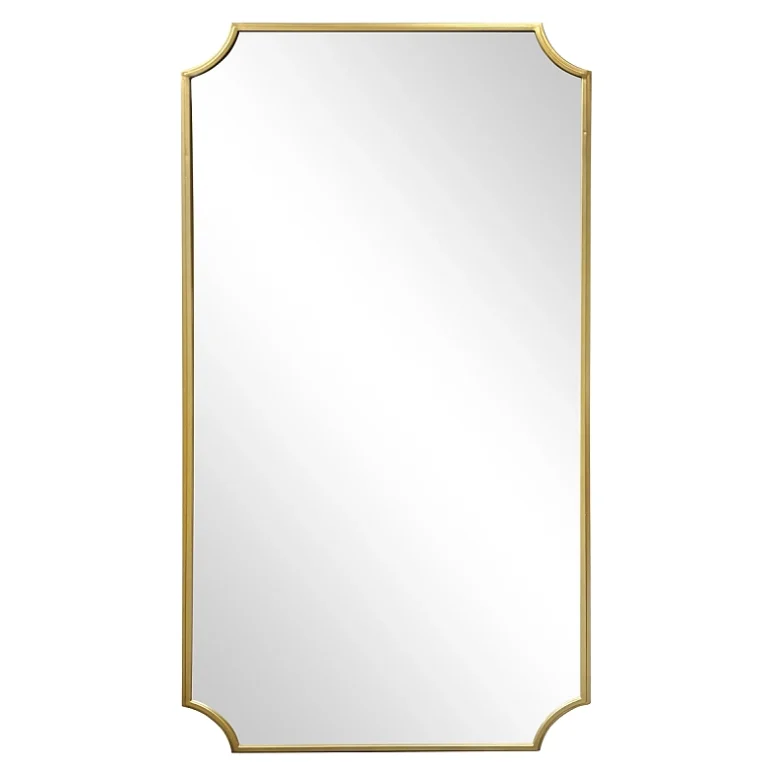
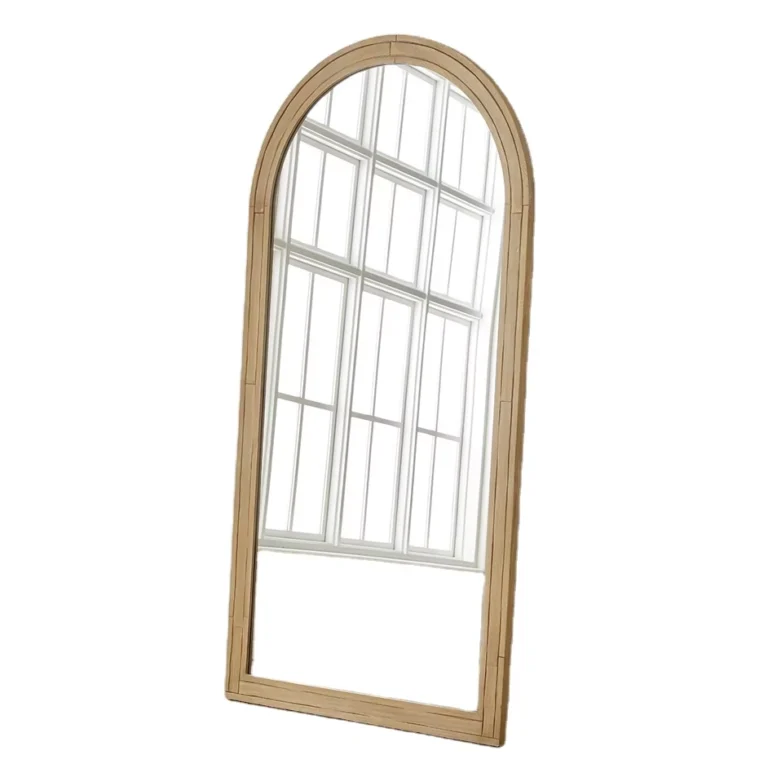
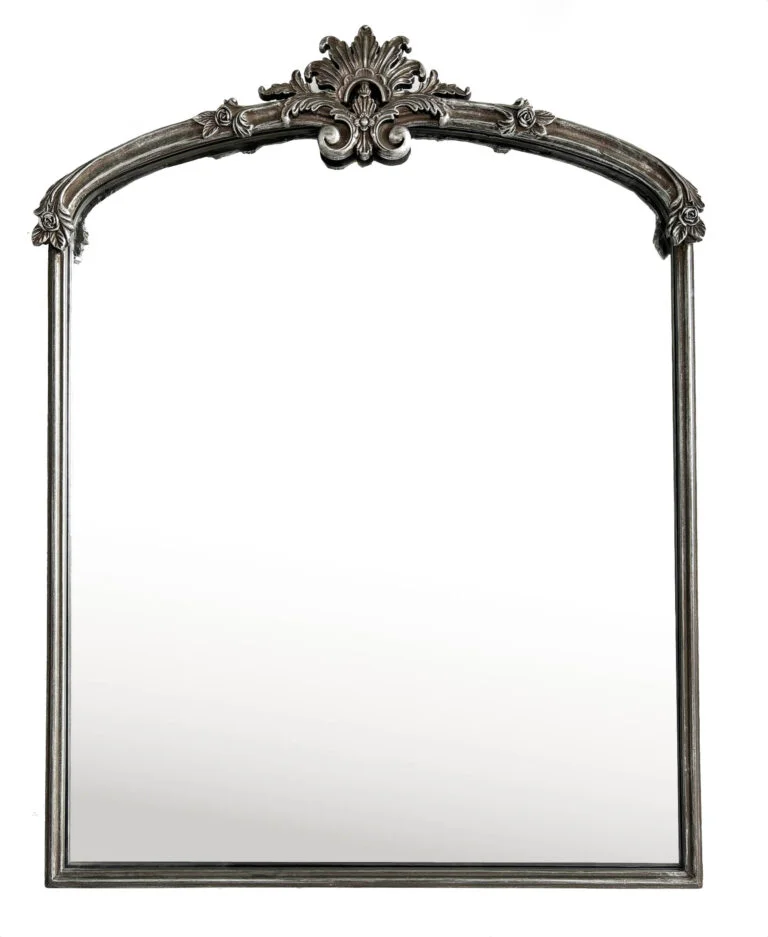
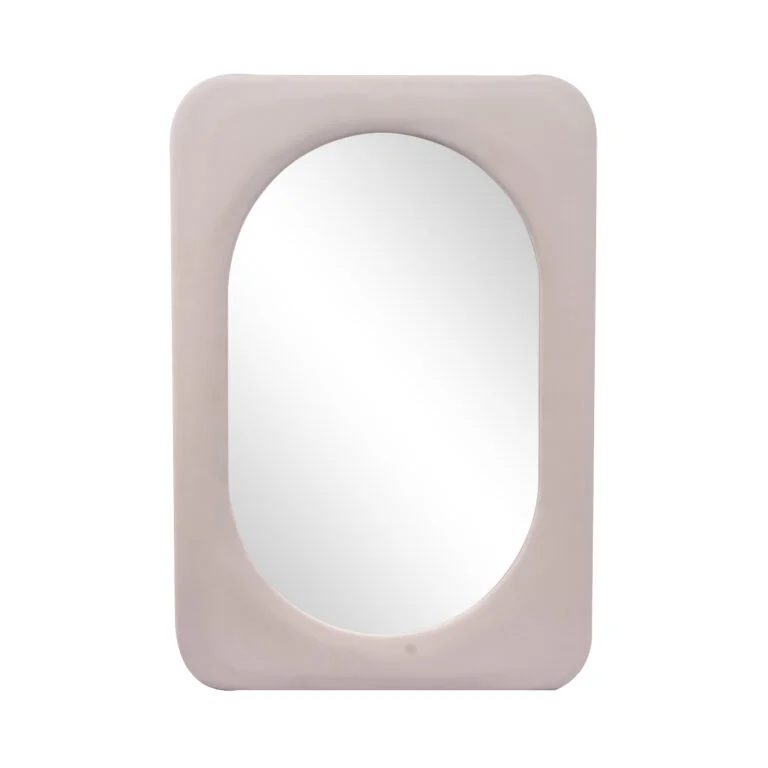
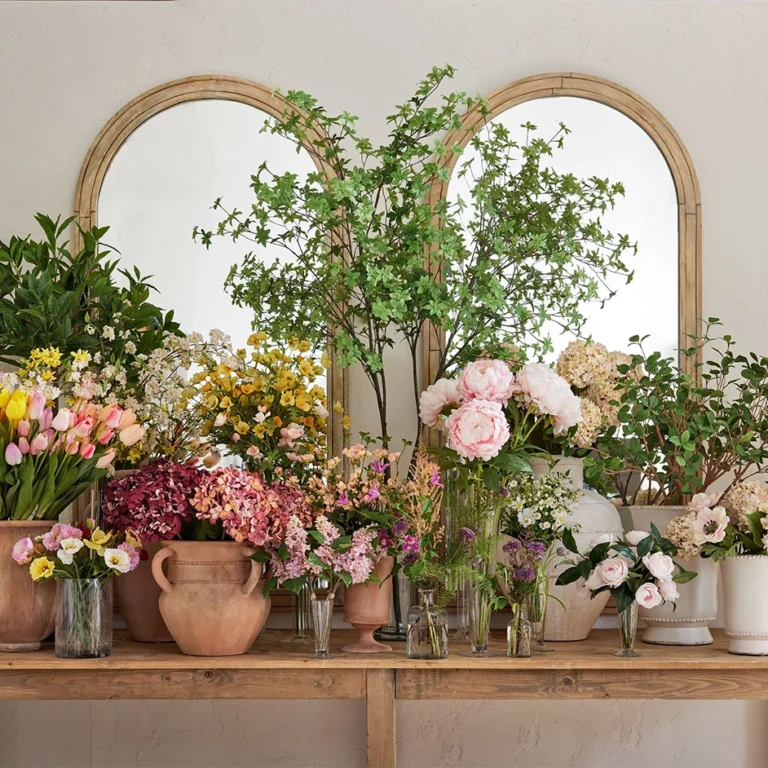
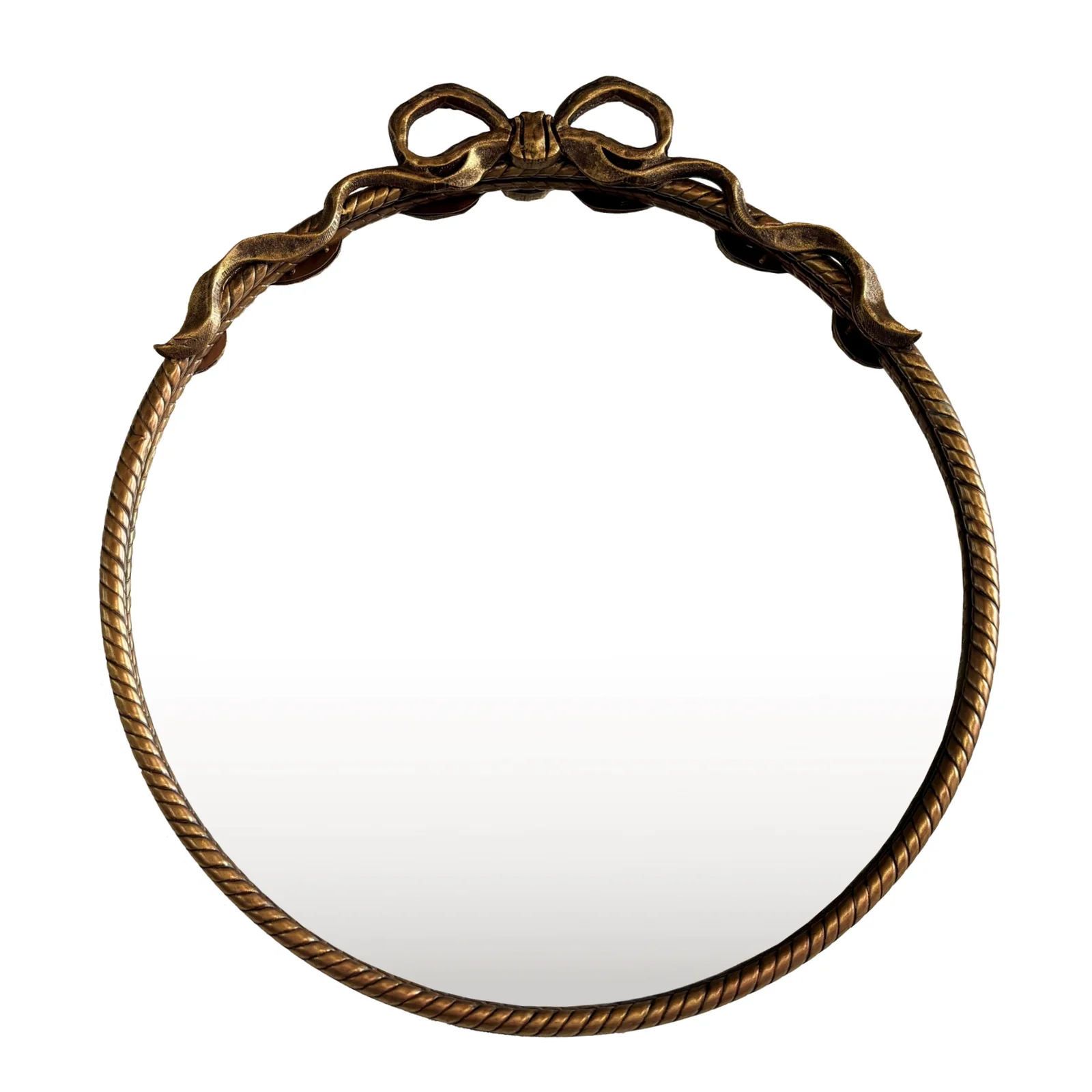
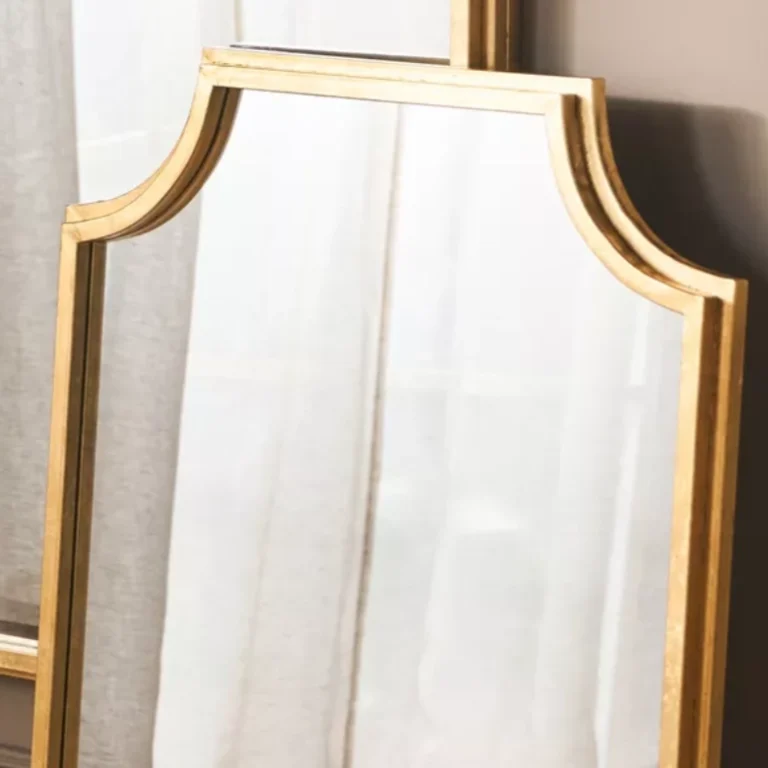
-scaled.jpg)
